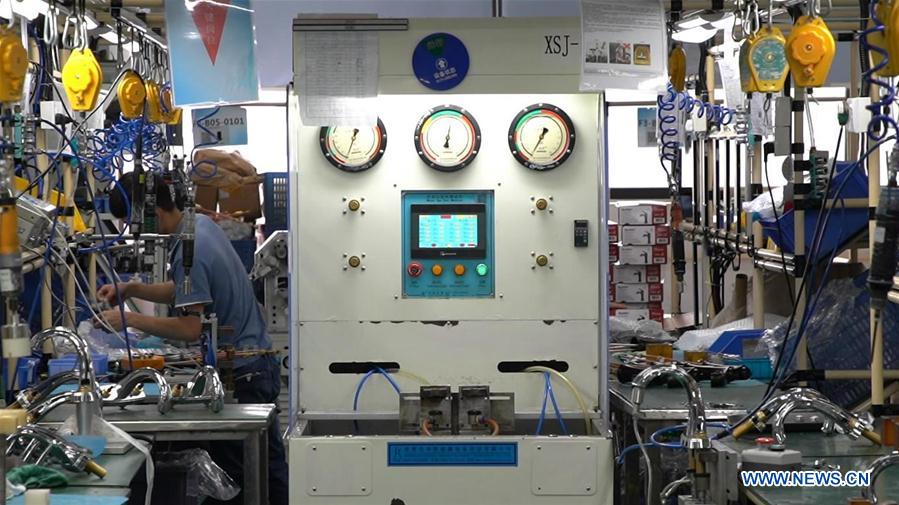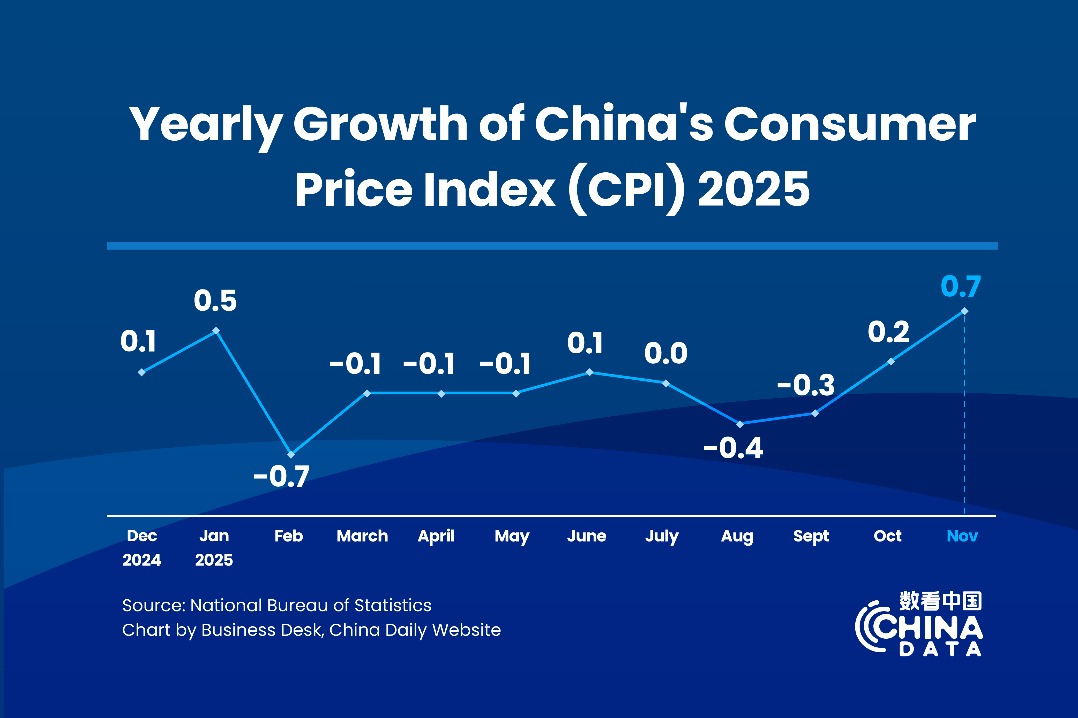Chinese export firms reposition themselves against trade headwinds


Chinese market as buffer
To cope with the rising domestic demand, the company has planned to quadruple its production capacity of prefabricated bathroom and kitchen, a key product in the domestic market, and establish new sites by the end of the year.
From 2016 to 2018, the company saw its exports to the United States rise by 12.5 percent, while sales in the Chinese market nearly doubled.
Such a change reflects the decreasing reliance of the United States as China's export market. In early June, China's Vice-Commerce Minister Wang Shouwen said the US tariff hike will have some impact on China's foreign trade, but is generally controllable.
Official statistics from China showed that the US share of China's total exports shrank from 22 percent in 1999 to 16 percent now.
Analysts said that the tariff tension provoked by the United States, if not defused, might further diminish the appeal of the US market to Chinese manufacturers, and sour Sino-US business collaboration along industrial chains.
One of the binding agents to cement the cooperation between Chinese and American firms, however, is China's vast domestic market where demand for better quality goods keeps surging.
Harley Seyedin, president of AmCham South China, told Xinhua that US firms were not pulling out of China under trade tensions as the country's consumer market is just too big to lose out on.
"I don't know a single company or member who has left China," he said, adding that the Chinese economy is growing at a relatively fast pace, creating consumer demand and investment opportunities.
Automaker Tesla and German chemicals giant BASF, for instance, have ramped up their investment in China this year, according to the Ministry of Industry and Information Technology.
In the past five months, the total foreign investment actually utilized by the country stood at 369.06 billion yuan ($55 billion), up 6.8 percent year-on-year, with some 16,460 foreign-invested firms newly established.



































